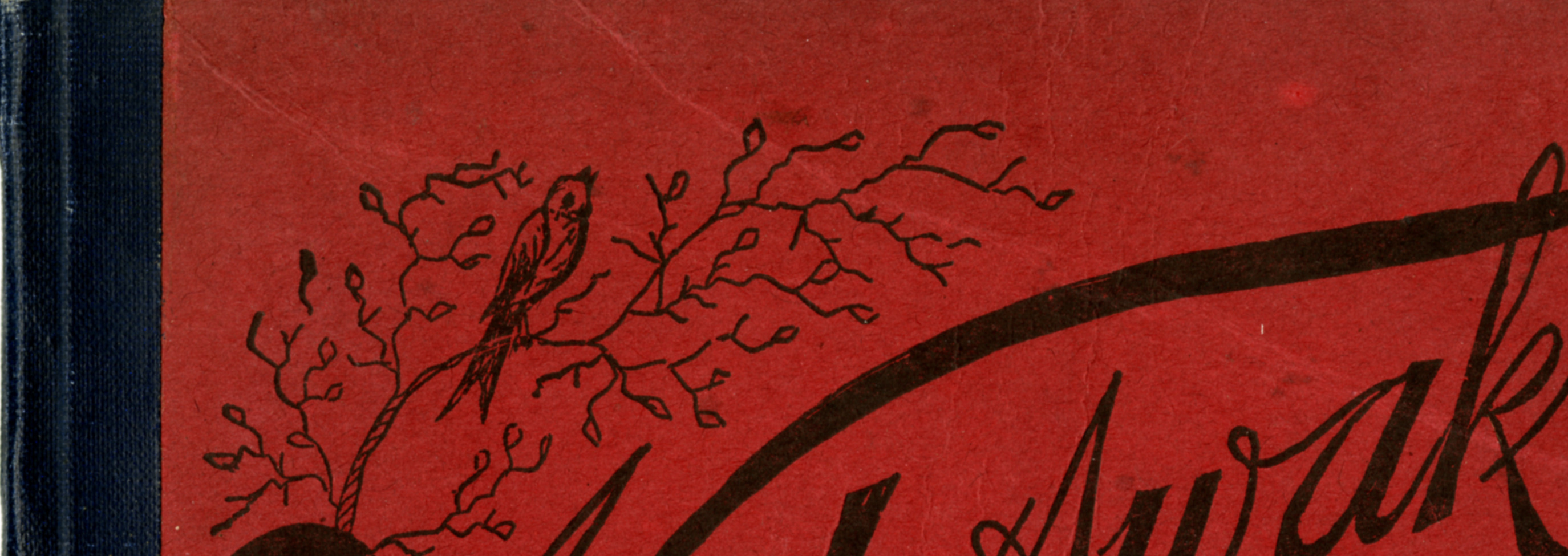
A border state during the Civil War with industrial centers serving both sides of the Mason-Dixon line, Ohio’s early abolitionist efforts appealed to the former and freed slaves who settled in cities like Zanesville and Oberlin where they and their descendants practiced and published sacred music. Cincinnati firms were printing music by the mid-1810s with some of the earliest tunebooks compiled by Kentuckians, Tennesseans, and Virginians with little access to music fonts in their home states. Many of these partnerships between regional musicians and publishers in the Dayton-Cincinnati area lasted well into the early twentieth century. By the 1870s, Cincinnati had become a music publishing hub of international importance. Some, like the Fillmore Brothers (founded 1874), published regionally and kept local communities supplied with publications in both round and numeral notation. Others, like John Church & Co. (founded 1869), contracted with composers across the globe to build a diverse catalog including both local artists and Dvořák oratorios. In the 1890s, publisher Bloch & Co. (founded in the 1850s), specialized in supplying music to the growing German-speaking Jewish populations in Cincinnati and Louisville.
While local music publishing firms supplied a diverse group of singers and musicians, the Ohio River Valley often functioned as a single economic unit. With the Ohio River connecting Cincinnati to cities in West Virginia and Kentucky, inexpensive and efficient river travel opened downriver Mississippi settlements to interstate commerce, and Ohio became an important landing place for workers across several state lines. At the turn of the twentieth century, whites and blacks left rural communities for factory work in southern Ohio. Those displaced by the boom and subsequent bust of the logging industry in 1890s eastern Kentucky eventually found employment at the Mead Paper Company and National Cash Register in Dayton. These urban enclaves became Appalachian diasporic communities that retained distinctive musical and cultural practices from their rural roots. Dayton’s Amish and Brethren communities also left their mark on the region, publishing numerous text-only hymnals and fostering musicians like the Lorenz family, whose members founded an eponymous publishing company in 1890 that remains active to this day.
—Erin Fulton
Polished Pearls
- Author: T. J. Shelton and J. H. Rosecrans
- Published: 1876
- Publisher: Fillmore Brothers
- Publication City: Cincinnati, Ohio; compiled in Arcola, Illinois
- Added: Jan. 28, 2020, 4:46 p.m.
The Prize
- Author: George Root
- Published: 1870
- Publisher: John Church & Company
- Publication City: Cincinnati, Ohio
- Added: April 28, 2020, 5:06 p.m.
Wide Awake Songs
- Author: George W. Willis
- Published: 1892
- Publisher: Evangelical Association Publishing House
- Publication City: Cleveland, Ohio
- Added: April 27, 2020, 4:44 p.m.